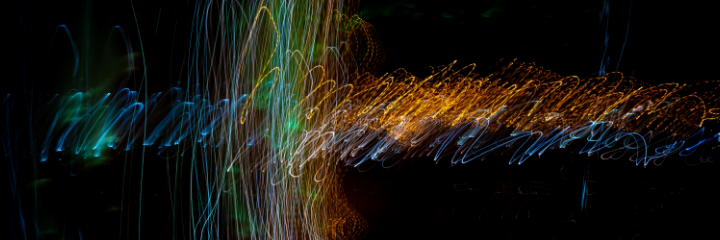
"Materials In Paintings (MIP): An interdisciplinary dataset for perception, art history, and computer vision"
The 4TU.ResearchData dataset from Mitchell van Zuijlen’s PhD project won the Dutch Data Prize in the natural & engineering sciences category this November 2022.
MIP is an annotated dataset of 19,000 paintings from the past 500 years! Its reusability across different domains and its applicability to the arts and humanities make the dataset very special. The paintings were cut into more than 200,000 fragments. The depicted materials in each of these fragments were classified using machine learning algorithms. Of course, the cutting was done on digital images – and all can be downloaded in open formats, both as a comprehensive dataset available via 4TU.ResearchData and via an interactive portal that allows users to browse through the individual paintings.
Dataset link
1462
back to top

“Data underlying the article: Ultrahigh Dynamic Range and Low Noise Figure Programmable Integrated Microwave Photonic Filter”
This dataset is about Microwave Photonic (MWP) circuits. Integrated Microwave Photonic circuits have the potential to transform the way we communicate and process data. With the continued development of advanced fabrication techniques, however - to date - these aspects have not been achieved simultaneously in a single circuit. Here, the researchers report a multi-functional photonic integrated circuit that enables programmable filtering functions with record-high performance. Their work breaks the conventional approach of integration and performance that currently prevents the adoption of integrated MWP systems in real application.
Integrated microwave photonic (MWP) can offer significant advantages to realise advanced concepts of reconfigurable filter for multi-band, all spectrum communications and broadband programmable front-ends, which are important for modern radio frequency communications.
Dataset link
36
back to top

“Data underlying the publication: Time-resolved optical emission spectroscopy in CO2 nanosecond pulsed discharges”
This dataset is a part of the project Plasma catalysis for CO2 recycling and green chemistry, funded by the European Commission (EC). Plasma catalysis is an emerging technology that has the potential to revolutionize CO2 recycling and green chemistry. Nanosecond repetitively pulsed (NRP) discharges have shown good performances in the reduction of CO2.
In this work, the researchers have used time-resolved optical emission spectroscopy to investigate the CO2 discharge progression from the initial breakdown event to the final post-discharge. They discover a complex temporal structure of the spectrally resolved light, which gives some insights into the underlying electron and chemical kinetics. Plasma catalysis offers a promising solution for recycling CO2 emissions and mitigating climate change by converting CO2 into valuable chemicals and fuels, while also reducing the use of non-renewable resources.
Dataset link
95
back to top

“Experimental Data: Low-energy ammonium recovery by a combined bio-electrochemical and electrochemical system”
This dataset using the grant: Social, entrepreneurial and excelling doctors for water technology, funded by European Commission (EC). This dataset is part of the research which talks for the first time about the integrating Bio-electrochemical system (BES) and hydrogen recycling electrochemical system (HRES) system for ammonium recovery to combine the advantages of both types of systems to achieve high total ammoniacal nitrogen (TAN). Ammonia and ammonium removal efficiency at low specific energy input.
This dataset contains data collected during experiments. The conducted experiments here indicate that this combined system could be a viable technology to efficiently remove TAN from wastewaters.
Dataset link
50
back to top